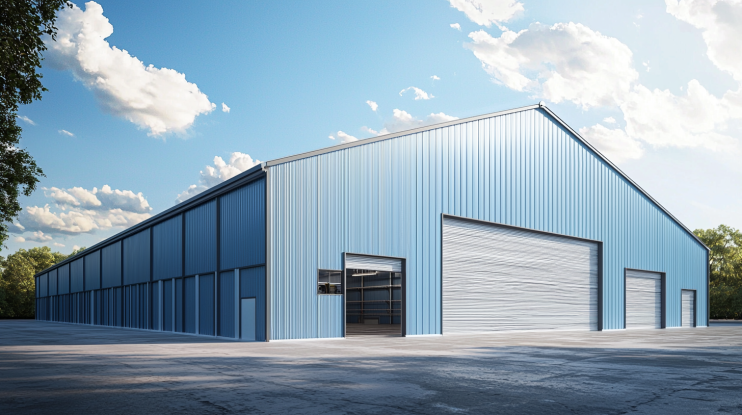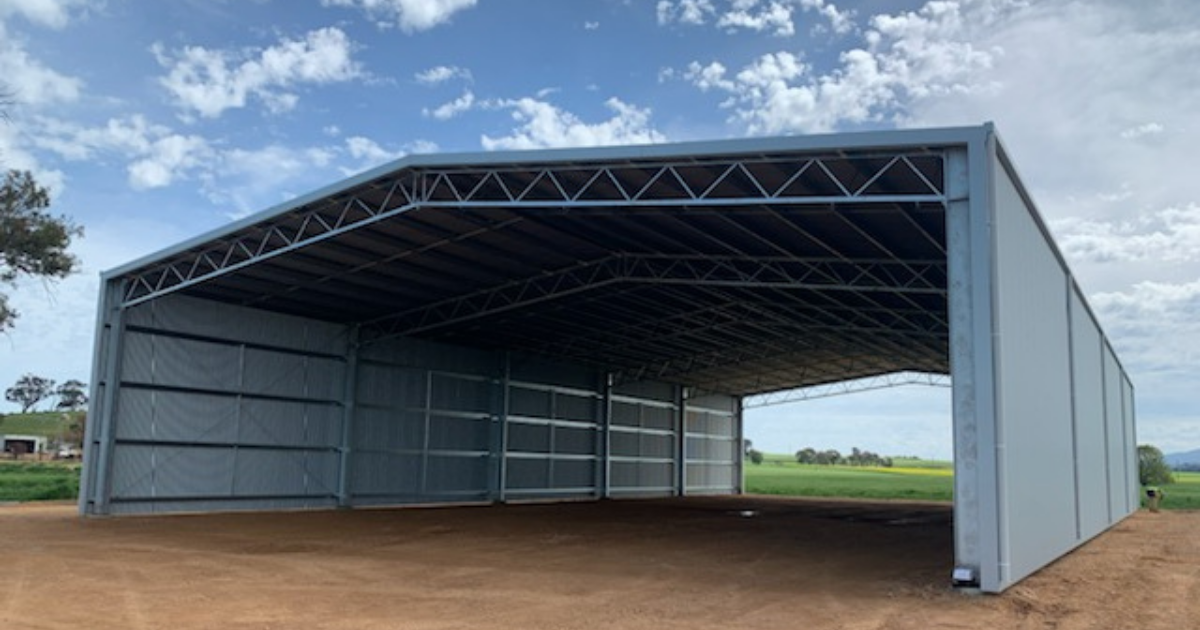Manufacturing shelter is an essential aspect of modern civilization, providing the foundations for homes, offices, and various structures that create our built environment. With the rapid advancements in technology and materials, the process of designing and constructing shelters has evolved significantly, influencing not only architectural aesthetics but also sustainability and efficiency. This article delves into the complexities of shelter manufacturing, exploring innovative techniques, eco-friendly practices, and the challenges faced by the industry in meeting the growing demands for housing and infrastructure.
As we navigate an increasingly urbanized world, the importance of efficient, scalable, and sustainable shelter solutions becomes ever more critical. From prefabricated homes to modular construction, the manufacturing of shelters is adapting to the needs of contemporary society, addressing issues such as affordability, environmental impact, and the need for rapid deployment in crisis situations. In this article, we will examine the key trends shaping the future of shelter manufacturing and highlight the role of technology in facilitating smarter and more resilient building practices.

Innovative Techniques in Shelter Manufacturing
Advancements in technology have led to remarkable innovations in shelter manufacturing, particularly through the use of automation and robotics. These technologies not only streamline the construction process but also enhance precision, allowing for complex architectural designs to be realized with ease. Furthermore, modern materials such as cross-laminated timber (CLT) and advanced composites provide strength while reducing weight and environmental impact. This has opened the door to new possibilities in green building practices, promoting sustainable methods that minimize waste and energy consumption. For businesses looking to implement these innovations effectively, seeking out Mexico-based manufacturing services can offer a competitive advantage due to lower costs and access to skilled labor.
Sustainability and Affordability in Urban Housing
As urban populations continue to swell, the demand for affordable housing has reached critical levels. Shelter manufacturing must adapt to this reality by embracing sustainable practices that mitigate environmental harm while also keeping costs manageable for consumers. Techniques like modular construction not only facilitate rapid assembly but also allow for scalability to accommodate varying needs and budgets. Additionally, the adoption of renewable energy solutions and energy-efficient designs plays a significant role in creating shelters that are not only affordable in terms of initial costs but also reduce the long-term expenses associated with energy and maintenance. By integrating these principles, manufacturers can contribute to a more sustainable future while addressing the pressing challenges of urbanization.
In conclusion, the landscape of manufacturing shelter is undergoing a transformative shift driven by necessity, innovation, and a commitment to sustainability. As we face the twin challenges of rapid urbanization and environmental degradation, the industry is evolving to create housing solutions that are not only affordable and efficient but also environmentally responsible. With the integration of advanced technologies, new materials, and adaptable construction methods, manufacturers are poised to meet the demands of contemporary society while paving the way for a resilient future. Ultimately, the ongoing advancements in shelter manufacturing reflect a broader commitment to building communities that prioritize human well-being, ecological health, and social equity, ensuring that everyone has access to safe and sustainable living spaces.

